Tropical rainforests, with their incredible richness and biodiversity, cover a significant portion of the Earth, primarily found in South America, Southeast Asia, and Africa. These forests are not only home to countless species of flora and fauna but also harbor many mysteries and challenges for humanity.
The climate of tropical rainforests is consistently warm and humid, creating ideal conditions for continuous and lush plant growth throughout the year. Various herbs, vines, and epiphytic plants form a multi-layered, closed canopy forest. To capture as much sunlight as possible, many plants have adapted to grow tall, with some trees reaching heights of nearly 100 meters, overshadowing the sky and sun.
The terrain of tropical rainforest regions is highly complex and diverse. Towering trees, rising rivers, cascading waterfalls, intertwining vines, lush floral carpets, and towering cliffs interweave to create a landscape with various forms of tropical rainforest.
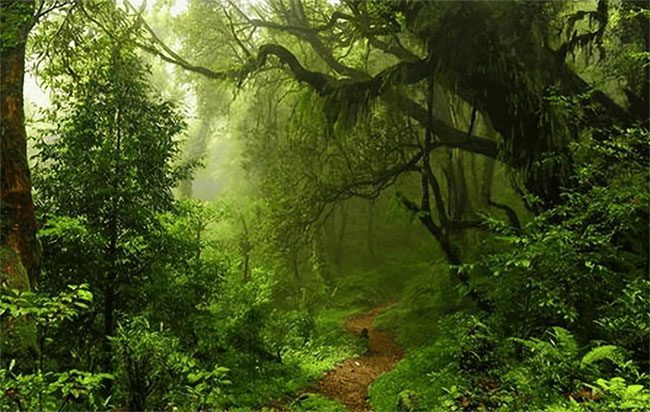
The climate of tropical rainforests is consistently warm and humid, creating ideal conditions for plant growth.
While tropical rainforests offer majestic beauty and biological diversity, they are not entirely suitable for human habitation. The heavy rainfall in tropical rainforests leads to natural disasters such as landslides and floods, and the high humidity increases the risk of developing harmful bacteria and viruses. High temperatures and humidity also provide an ideal environment for many dangerous insects and animals. Venomous insects, giant centipedes, leeches, and vampire bats pose constant threats to human life and safety.
Due to these challenges, tropical rainforests are not suitable for large-scale human settlement. Only a few primitive tribes have gradually adapted after thousands of years of hard work. However, there are exceptions. In the inaccessible tropical rainforest of South America, there exists a “remote” city – Iquitos, located in the Republic of Peru.

The city of Iquitos is situated on the banks of the Amazon River and is completely surrounded by tropical rainforest.
Iquitos City: The Gem of the Amazon Rainforest
Iquitos is located in northeastern Peru and is the capital of Loreto Province. With a population of nearly 500,000, it is the sixth-largest city in Peru. What makes Iquitos special is that it is located on the banks of the Amazon River and is completely surrounded by tropical rainforest. People from other parts of the country cannot access this city by road. Even today, with a developed transportation system, the area still lacks roads or railways connecting it to the outside world.
Life Without Roads
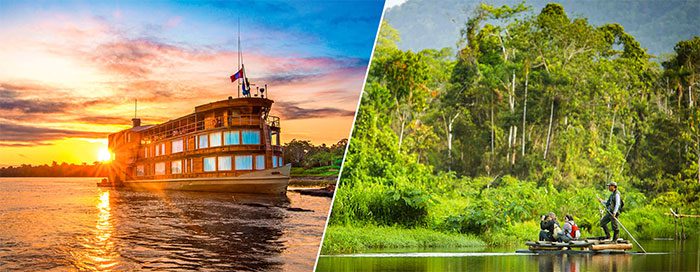
People from other parts of the country cannot access this city by road.
Road transportation is the most basic form of transport today. However, Iquitos has no road connections to other regions. The locals rely entirely on air travel and water transport to navigate the Amazon River. The city has an international airport, making it convenient for communication and travel with the capital, Lima, and there are direct flights to Miami.
The Amazon River – The Lifeline of Iquitos

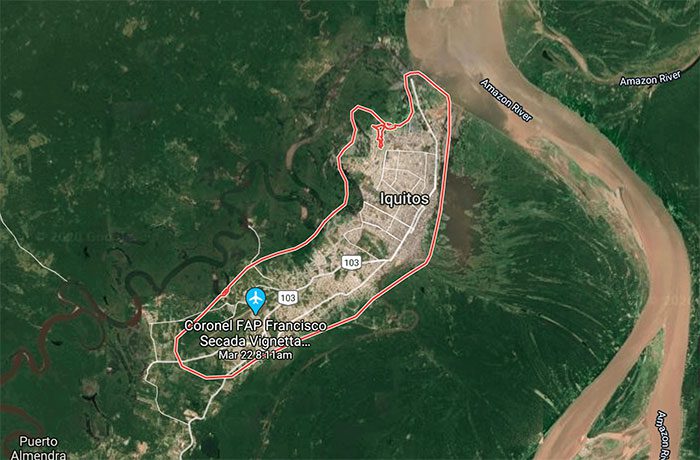
Iquitos is one of the most important canal ports in the world.
The Amazon River is the largest river in the world by flow area and drainage. Iquitos is located upstream of this river and serves as an important canal port in northeastern Peru. Despite being 3,700 km away from the mouth of the Amazon River, small cargo ships can still reach here by navigating upstream. This makes Iquitos one of the most significant canal ports in the world, where rubber products are shipped worldwide.
Commercial and Tourism Hub
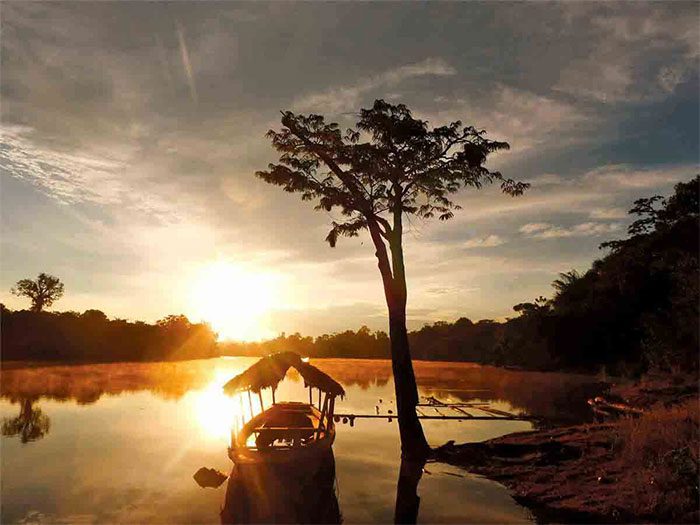
There are no road connections to the outside world in the city.
Iquitos is the commercial center of Peru in the Amazon region. The city was first established in 1863 and became a free port in 1980. During the rubber boom in the early 2000s, Iquitos rapidly expanded from a small fishing village into a bustling city. Rubber plantation owners and large businesses flocked here, and the city welcomed a significant influx of immigrants from Europe, Asia, and Latin America, leading to a diverse mix of ethnicities and cultures present in the city today.
Architectural Features and Transportation
The urban area of Iquitos is not very large, consisting of only three main streets running parallel to the Amazon River. Smaller streets interweave, dividing the city into various unevenly sized blocks. There are no road connections to the outside world in the city, which makes cars quite rare. Instead, the streets are filled with tricycles and motorbikes, along with a few bus routes.
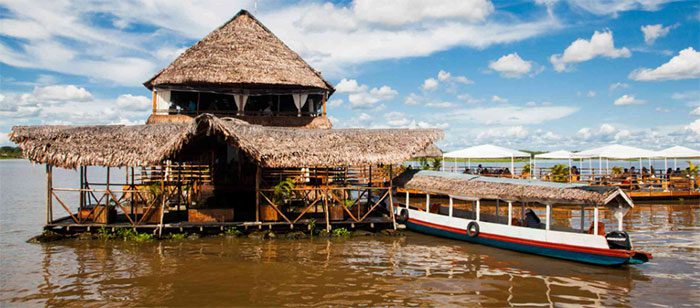
The rainforest of the Amazon Basin is a paradise for explorers.
Due to transportation inconveniences, Iquitos retains many characteristics that are extremely incompatible with modern society. One prominent feature is the residential buildings along the banks of the Amazon River. The two-story wooden houses sit closely together, and during the dry season, residents live on both floors. When the flood season arrives, they move to the upper floors or use small boats to navigate the river.
The rainforest of the Amazon Basin is a paradise for explorers. Visitors can immerse themselves in the pristine rainforest and take cruises through the depths of the jungle. Along the way, they can spot Amazon river dolphins and visit Sunhe Jungle Lodge, which features tropical flowers and rare wildlife.
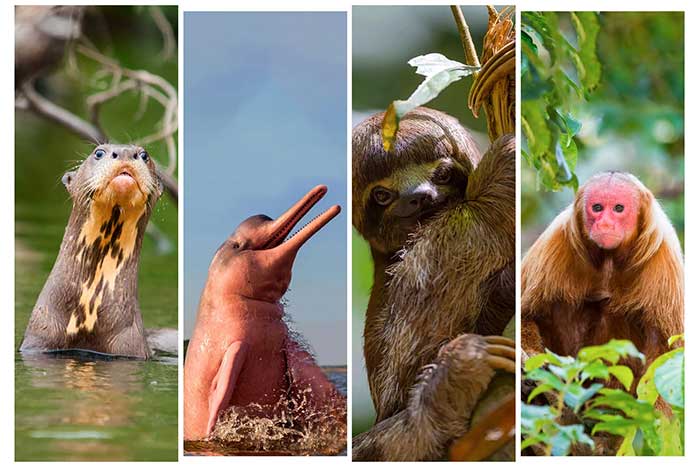
Wildlife in the Amazon.
The Amazon River is home to over 2,600 species of fish, including tropical ornamental fish, rare ornamental fish, and aggressive species (piranhas, Amazon electric eels, and giant wolf fish, etc.). One of the largest freshwater fish in the world, the Arapaima, can reach over 2.5 meters in length and weigh 200 kg.
Some people refer to Iquitos as a hidden paradise in the rainforest. Long-term local residents are indifferent to how the outside world operates. They live a self-sufficient and leisurely lifestyle. Many people in Iquitos have never stepped outside this city; they are unaware of and uninterested in the outside world. They live in harmony with nature, enjoying the beauty and abundance of the Amazon rainforest.




















































